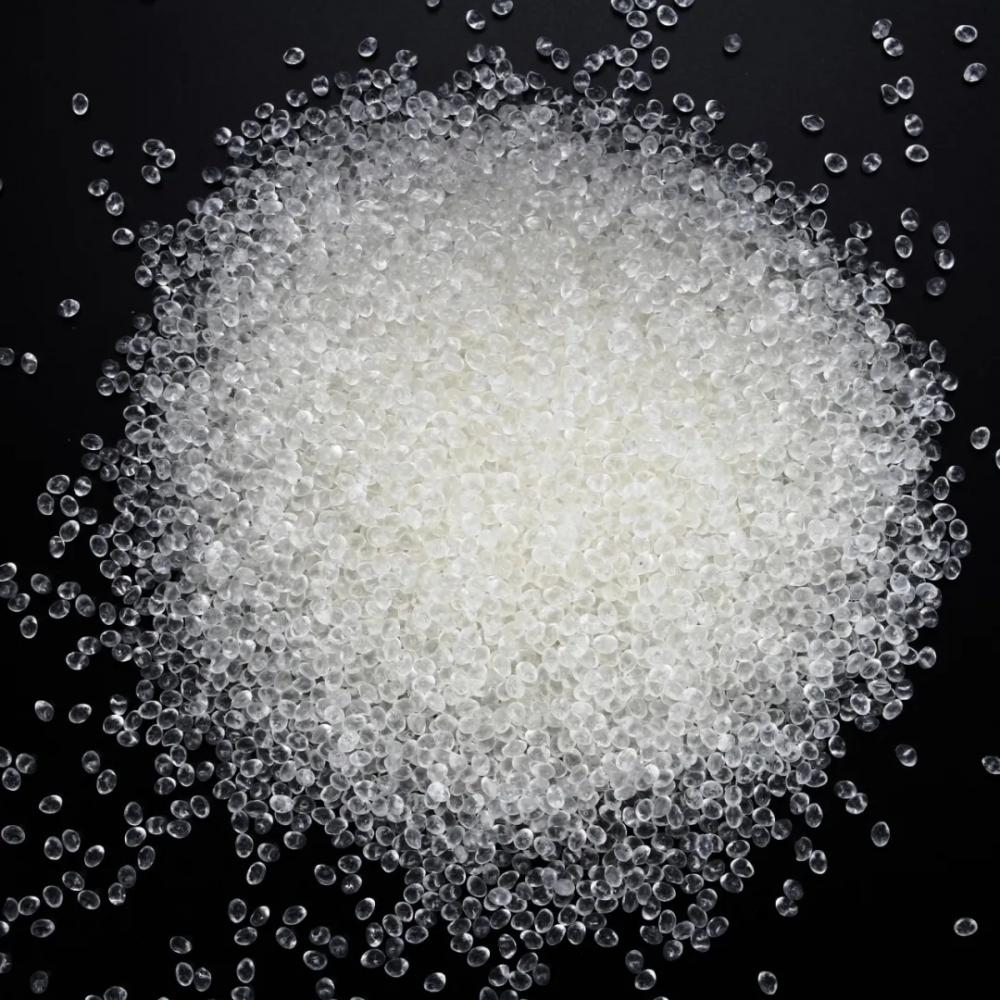What Is Polylactic Acid Fiber?
December 01, 2023
For Polylactic Acid Fiber applications,it belongs to one of the Bio-based Materials.Polylactic acid fiber is a fully Biodegradable synthetic fiber that can be obtained from cereals. After the product is discarded, it can be decomposed into carbon dioxide and water through the action of microorganisms in soil or seawater. When burning, it will not emit poison gas and will not cause pollution. It is a sustainable ecological fiber. What is Polylactic acid fiber
What is polylactic acid fiber? For polylactic acid fiber applications, polylactic acid fiber is a fully biodegradable synthetic fiber that can be obtained from cereals. After the product is discarded, it can be decomposed into carbon dioxide and water through the action of microorganisms in soil or seawater. When burning, it will not emit poison gas and will not cause pollution. It is a sustainable ecological fiber.
Polylactic Acid (PLA) is a polyhydroxy acid. It is a synthetic biodegradable thermoplastic aliphatic polyester Polymers material, the main raw material comes from corn and other natural materials, environmentally friendly, plasticity, easy to process and molding, as a high-tech products and environmentally friendly products has become a research hotspot, has a wide range of research and application prospects.Lactic acid is a carbohydrate produced by Lactobacillus and is a natural compound commonly found in organisms, including humans. A high molecular weight polylactic acid can be obtained by chemical polymerization of a lactic acid cyclized dimer or direct polymerization of lactic acid. The product obtained from polylactic acid has good biocompatibility and bioabsorbability, and good biodegradability, and PLA has the best heat resistance in the degradable thermoplastic polymer material.
Synthesis method of polylactic acid fiber
There are two polymerization methods for polylactic acid, one is direct polymerization of lactic acid in a solvent under reduced pressure, namely: lactic acid → prepolymer → polylactic acid; the other method is cyclic dimer lactic acid under normal pressure. The raw material is obtained by polymerization, that is, lactic acid → prepolymer → cyclic dimer → polylactic acid.

Polylactic acid fiber is a new type of fully biodegradable synthetic fiber obtained from cereals. After being discarded, its products can be decomposed into carbon dioxide and water by microorganisms in soil or seawater. It will not emit poison gas when burned. create pollution. At present, there are many studies on polylactic acid fiber in academia, mainly represented by Japan Bell Textile Co., Ltd. Lactic acid is extracted from corn, sugar cane or sugar beet by fermentation and distillation, polymerized into polylactic acid, and polylactic acid fiber is obtained by solution spinning method. The polylactic acid fiber has almost the same strength and elongation as the polyester, the Young's modulus is low, and the fabric is relatively soft, which is an excellent fabric material. Lactron can be processed into short fibers, multifilaments and monofilaments. It is blended with decomposable fibers such as cotton, wool or viscose to make silk-like fabrics. It is made into underwear and shirts. It is durable and hygroscopic. And through processing to form excellent morphological stability and wrinkle resistance.




